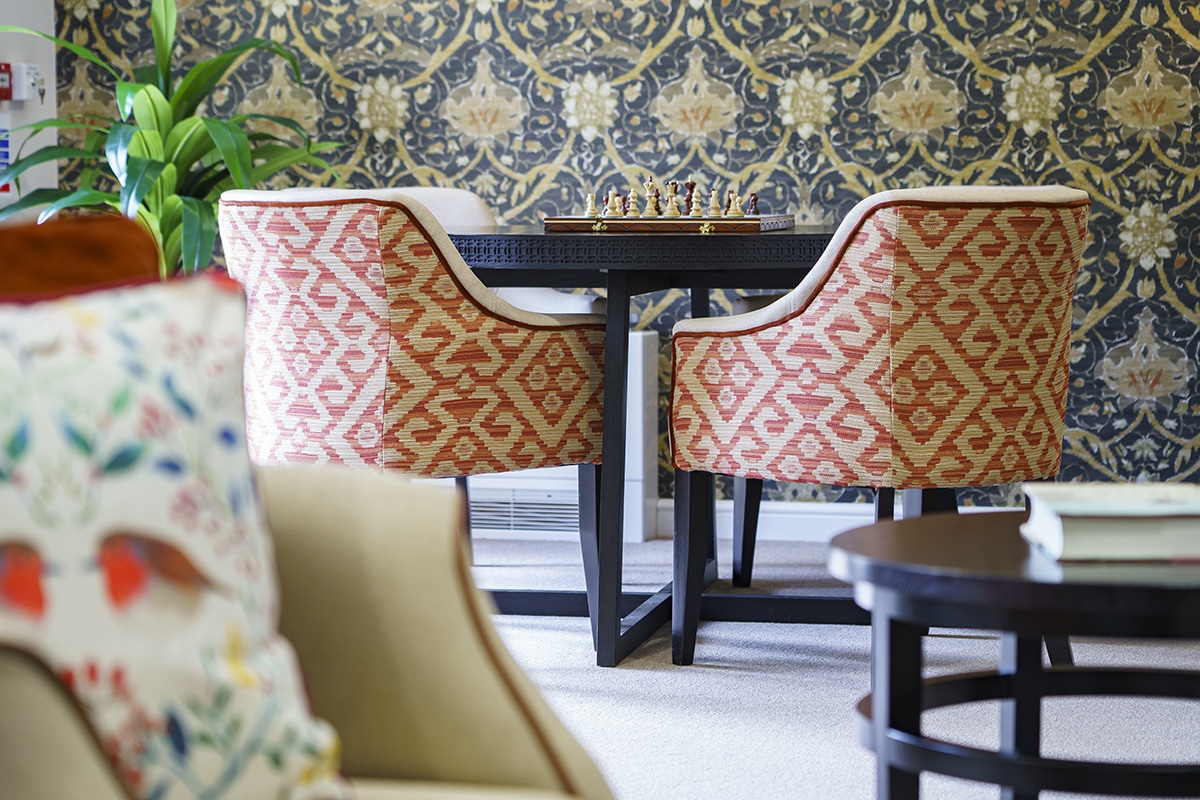
Focusing on Comfort in Every Decision
Comfort in care homes is not a luxury; it's a requirement. Residents often spend prolonged periods sitting or resting, making the necessity for supportive furniture crucial. Supportively designed chairs and beds play a vital role in this, supplying the necessary support to reduce pressure points and minimize the risk of discomfort. Additionally, the choice of materials is crucial. Fabrics should be smooth yet durable, and padding should be sufficient and robust. By prioritising comfort in every furniture selection, care homes can greatly enhance the daily lives of their residents.
Choosing Robust and Robust Furnishings
The furniture in care homes is in constant use, necessitating a level of durability that can stand up to the demands of daily life. It is not just about choosing furniture that is sturdy; it’s about finding pieces that combine durability with comfort. Furniture should be able to repel spills and stains, and should maintain its integrity even after repeated cleaning. The investment high-quality, durable furnishings ultimately reaps benefits in the long term, as it minimizes the need for frequent replacements and ensures that residents always have access to furniture that is in pristine condition.
Usability Meets Flexibility
Care homes cater to a wide range of residents, each with their own distinct needs and preferences. Furniture that is modifiable and easy to move is vital in satisfying these varied requirements. Chairs with adjustable heights, tables on wheels, and beds that can be easily moved all add to a more flexible living space. This versatility ensures that every resident, no matter their mobility level, can utilize and use the furniture easily and safely.
Creating a Welcoming Atmosphere with Aesthetics
The artistic appeal of furniture has a major role in creating a welcoming and welcoming atmosphere within care homes. Furniture should not only be functional but also appealing to the eye, adding to a positive and uplifting environment. The picking of colours, patterns, and styles can all have a part in this, and care homes should strive to choose furnishings that resonate with the preferences and interests of their residents. Creating an artistically appealing living space goes a long way in enhancing the general wellbeing of residents.
Ensuring Safety in Every Pick
Safety is a paramount consideration in the picking of care home furniture. Features such as anti-tip designs, rounded corners, and flame-retardant materials are crucial in minimising risks and guaranteeing that the living environment is as safe as possible. Moreover, furniture should be stable and secure, providing residents with trust as they go about their daily activities. By placing safety at the forefront of furniture picking, care homes can create a secure living space that gives both residents and their families peace of mind.
Opting for Easy-to-Clean and Hygienic Options
In care settings, upholding a high standard of cleanliness is essential. Furniture should be easy to clean and resistant to bacteria, securing that the living environment remains hygienic and safe. Selecting for furniture with minimal crevices and simply wipeable surfaces can significantly decrease the risk of germ accumulation and make the cleaning process more efficient. By focusing on hygiene in furniture choices, care homes add to the total health and wellbeing of their residents.
Maximising Space with Versatile Furniture
Space efficiency is a key consideration in care homes, where every square metre counts. Multifunctional furniture that serves more than one purpose can be a game-changer in optimising available space. Beds with built-in storage, extendable tables, and modular seating options all offer versatility while guaranteeing that residents have accessibility to everything they need. By choosing furniture that is both small and versatile, care homes can create a living space that is practical, comfortable, and space-efficient.
Concentrating on Resident-Centric Choices
In the end, the picking of furniture in care homes should be driven by the needs and preferences of the residents. It’s about making a living space that is not just safe and comfortable but also enriching and inclusive. By taking into account the components highlighted above, care homes can make informed decisions that boost the quality of life for their residents, creating a living environment that truly feels like home.
Conclusion: Crafting a Soothing and Safe Haven
In summary, the furniture in a care home plays a crucial role in defining the living experience of residents. By concentrating on comfort, durability, functionality, aesthetics, safety, hygiene, and space efficiency, care homes can create a living space that meets the varied needs of their residents. The result is a nurturing environment that not only helps the physical wellbeing of residents but also enhances their overall quality of life.
Uncover further details by clicking on the link to visit the website today - care home furniture manufacturers.